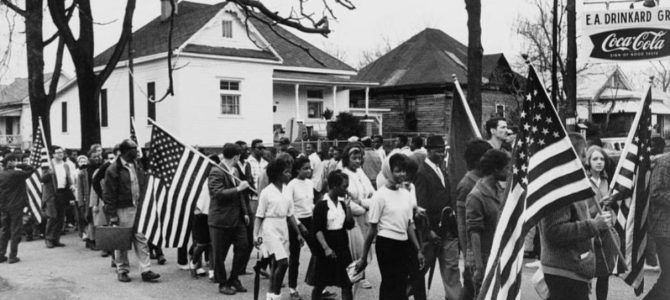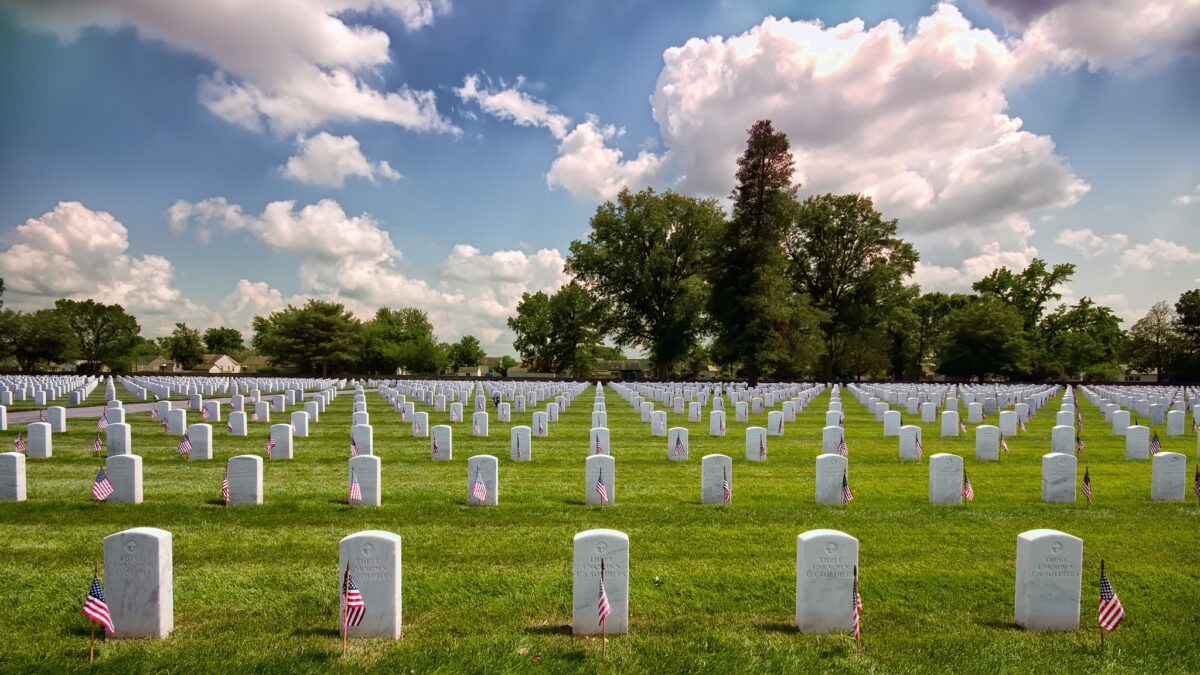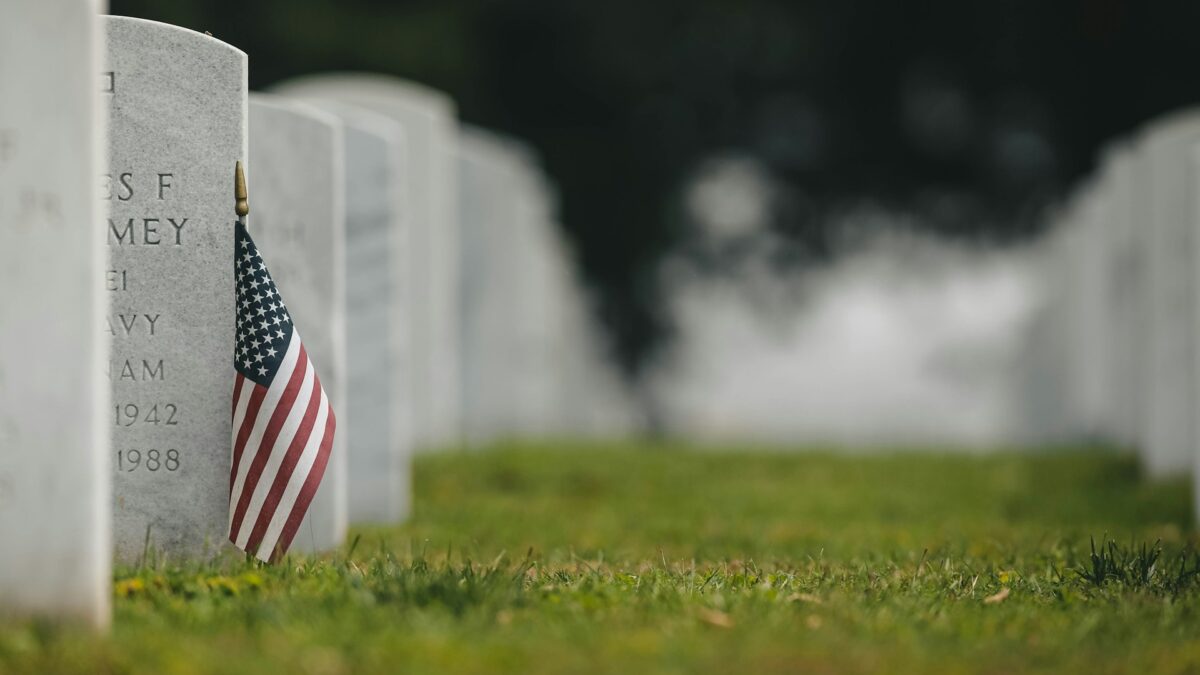
Just in time for Flag Day, New York Times reporter Mara Gay dragged the American flag into the race conversation, calling it “disturbing” to see “dozens of American flags” and instead arguing we must “separate America from whiteness.” The New York Times simply claimed her comments were taken out of context.
Gay’s attitude showcases an urgent need to revisit the meaning of the American flag in our national conversation. Flag Day provides the opportunity to do just that.
On June 14, 1777, the Continental Congress passed a resolution describing the first official American flag. “Resolved: that the Flag of the United States be thirteen stripes alternate red and white,” it said, “that the Union be thirteen stars, white on a blue field, representing a new constellation.”
The design conveyed two new meanings: states’ independence but also unity. Gone were the 13 British colonies. Replacing them were 13 American states symbolized by the flag’s stars. Often depicted in a circle, this new constellation symbolized union by showing no state was more important than another.
Our flag still means unity today. It doesn’t represent the president or one political party. It stands for the union of our now 50 states into one nation, and every American who is a part of it.
Missing from the Continental Congress’s 1777 flag declaration, however, was the meaning of the colors. The delegates didn’t reflect on what red, white, and blue meant in 1777; they were too busy managing the chaos of a two-year-old war.
But after the last major battle of the Revolutionary War in 1781, Americans had developed a deep familiarity with the cost of freedom. When Congress issued the Great Seal of the United States in 1782, which featured an eagle flying independently with a red, white, and blue shield, it defined the flag’s colors for the first time.
“The colours of the pales [stripes] are those used in the flag of the United States of America,” the Journal of the Continental Congress recorded in 1782. “White signifies purity and innocence. Red [means] hardiness and valour and Blue … signifies vigilance, perseverance, and justice.”
The congressional delegates knew 6,800 soldiers had died in battle and another 17,000 of disease. They had observed valor from heroes like Capt. John Paul Jones, who refused to surrender to the British with the vow, “I have not yet begun to fight!”
When they defined the flag’s red stripes, they also knew of the courage of everyday heroes such as Peter Salem. Salem is credited with fatally shooting Major Pitcairn, the British officer in command at the Battles of Lexington and Concord in 1775. Now, he is depicted in the large painting of the Battle of Bunker Hill hanging in the U.S. Capitol.
Congress was familiar with Phillis Wheatley, whose poems were well-known among her contemporaries, published in both a book and newspapers. She defined race not by skin color but by a shared hope for liberty. When she described America as “the land of freedom’s heaven-defended race,” she captured the purity of the cause of liberty, reflected in the flag’s white stripes.
The congressional delegates knew spies had risked their lives to pass along intelligence for the cause. One spy was James Armistead, who embodied the vigilance and perseverance behind the color blue by infiltrating British Gen. Charles Cornwallis’s command to keep watch for the Continental Army. Armistead gave Gen. Lafayette crucial information about the British plans at Yorktown, the Revolution’s final battle.
In addition to representing the colors red, white, and blue, Salem, Wheatley, and Armistead have one other color in common. They were all black Americans. Each had been a slave but became free. Each believed in the first American flag and wanted America to throw off the tyranny of King George III and begin a more perfect union as the United States. Each wanted to see other slaves become free, too.
The meaning of the flag and its colors have not changed since 1777 and 1782. Our problem today is a lack of perspective, knowledge, and appreciation about the flag and the rich history of liberty it represents. Instead of emphasizing unity and what we have in common, the far left focuses on dividing people into groups, defining people as oppressors or victims based on their skin color, and canceling or censoring opponents.
The fact that American flags held by Trump supporters triggered a New York Times reporter is proof of this division, the opposite of the flag’s symbolism of unity. Rather than canceling her, remind your children, teachers, pastors, business associates, and friends of the flag’s meaning and the heroes who embodied its virtues. And wave the American flag proudly, on Flag Day and every day.









